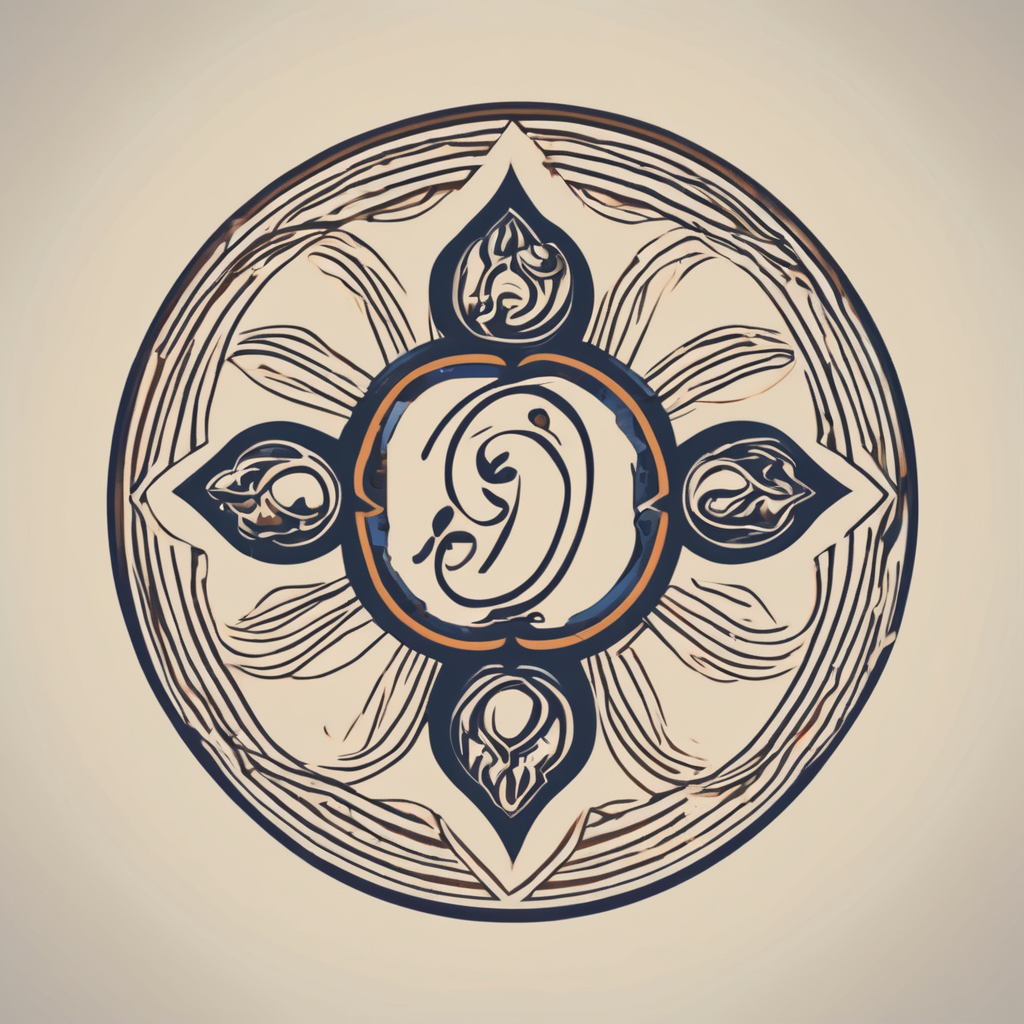Key Historical Eras That Shaped UK Women’s Fashion
Fashion in the UK has evolved through distinct historical phases, each leaving a lasting mark on UK women’s fashion history. The Victorian and Edwardian eras defined early styles, emphasizing structured silhouettes and luxurious materials like silk and lace. This period’s attention to corsetry and detailed craftsmanship established a foundation for later trends focused on elegance and formality.
Moving into the 1920s through the 1960s, British fashion embraced newfound freedom. Flapper dresses and looser fits in the 1920s revolutionized women’s wear, challenging previous constraints. The post-war decades saw a rise in tailored suits and feminine dresses, reflecting cultural shifts and increasing social independence of women. This era solidified a British fashion timeline punctuated by bold innovation and evolving gender roles.
In the same genre : How Have Fashion Trends for Women in the UK Evolved Over the Decades?
Later, the influence of punk and mod styles in the 1970s and 1980s introduced rebellious aesthetics and vibrant prints, revitalizing UK women’s fashion with attitude and experimentation. The 1990s revival blended nostalgia with contemporary trends, marking an era where vintage and modern merged seamlessly. Understanding these historical fashion trends provides insight into today’s diverse and dynamic fashion landscape.
Enduring Elements from Past Trends in Today’s Styles
Delving into contemporary fashion influences, we observe a clear resurgence of retro fashion revival echoing through modern wardrobes. Designers frequently incorporate traditional fabrics such as tweed, velvet, and corduroy, marrying these timeless materials with fresh silhouettes. This combination allows wearers to enjoy a touch of nostalgia alongside the forward momentum of today’s trends.
In the same genre : How Can UK Women’s Fashion Revolutionize Sustainability?
Iconic accessories like cat-eye sunglasses, pearl embellishments, and high-waisted belts have returned as staple additions to contemporary outfits. These pieces serve as bridges connecting eras, reinforcing the cyclical nature of fashion. Tailoring techniques, too, reflect enduring preferences: structured blazers and wide-leg trousers commonly appear in current collections, providing a refined yet comfortable aesthetic.
A notable case study is the surge of popular high street brands reviving vintage trends through their capsules and seasonal lines, blending past details with modern style elements. This strategy engages consumers by evoking familiarity while offering new expressions. Such adaptability underscores how sustaining classic design features within modern garments enhances versatility and broad appeal, confirming the lasting impact of historical influences on today’s fashion landscape.
How Designers Interpret Historical References
Designers often draw from fashion history influence to create fresh and compelling collections that resonate both with tradition and modernity. Among notable UK designers, figures like Alexander McQueen and Vivienne Westwood are celebrated for their masterful fusion of historical motifs with contemporary aesthetics. Their work shows how designer inspirations rooted in past eras can be reimagined, transforming classic silhouettes and fabrics into statements relevant today.
At events like London Fashion Week, collections frequently showcase this dialogue between the past and present. Designers blend elements such as Victorian ruffles or Edwardian tailoring with modern cuts, innovative materials, and bold colors. This approach reflects an understanding that history is a reservoir of ideas, not a static reference.
In major retail collections across the UK, this blending continues, where brands incorporate vintage patterns or period details in wearable, accessible ways. The interplay between historic references and contemporary trends allows consumers to engage with a deeper narrative behind each piece, enriching the fashion experience itself.
By creatively interpreting historical influences, UK designers not only pay homage but also push fashion forward, crafting unique identities that balance legacy and innovation.
Visual Representation of Historical Trends in Modern Outfits
Understanding the style evolution UK involves examining how designers reinterpret traditional elements in contemporary fashion visuals. Modern vintage looks often incorporate historical motifs like corsetry, tartans, or bold prints, reimagined to suit today’s tastes. For instance, corsetry, once a rigid undergarment, now appears as an outerwear statement, emphasizing silhouette and structure rather than restriction.
Photo comparisons illustrate these shifts effectively. Traditional corset imagery shows intricate lacing and boning meant for body shaping, while modern versions adopt softer fabrics and more flexible designs, blending comfort with classic aesthetics. Likewise, tartan patterns—deeply rooted in British heritage—are visible in both historic garments and present-day street style. Designers often increase scale or alter color schemes to merge old with new, making tartans feel fresh yet familiar.
These historic elements influence celebrity fashion too. Stars frequently sport modern vintage looks that echo past eras but add contemporary flair, making these trends accessible and aspirational. The interplay of history and innovation captured in fashion visuals serves as a vivid reminder of how the past continually shapes modern identity in UK style.

